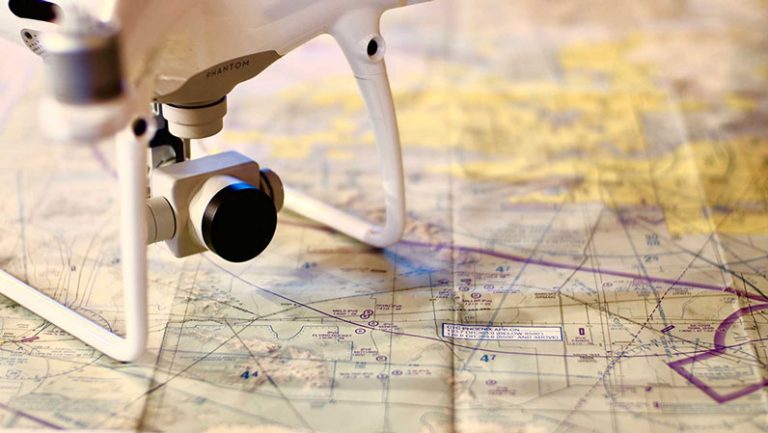

Our training solutions have been used by more than 10,000 remote pilots. If you would like to become a Part 107 certificated remote pilot, Gleim Aviation can help. It is exciting for both certificated and recreational remote pilots to know that they can now receive instant approval for drone operations instead of waiting days or weeks before receiving the green light. It does not allow pilots to request operations that require other types of waivers, such as flying at night. LAANC is strictly for obtaining approval for UAS flights in controlled airspace below 400 ft. To fly in controlled airspace near airports not offering LAANC, pilots may still apply for approval on the FAA’s DroneZone website. LAANC is currently available at about 400 air traffic facilities that cover about 600 airports. In these cases, Part 107 applicants may apply up to 90 days in advance of a flight and the approval is coordinated manually through the FAA. It is important to note that if operations require you to operate above the altitude in the grid, you must be a certificated Part 107 remote pilot. Requesting approval for a grid that has an altitude at 0 ft. If there are any discrepancies, approval will not be granted. It also checks Temporary Flight Restrictions (TFRs) and Notices to Airmen (NOTAMs). The LAANC service is checked against multiple airspace data sources in the FAA UAS Data Exchange, such as UAS Facility Maps and Special Use Airspace data. But there is a chance that approval will not be granted. As long as your drone operation is below 400 ft., you will likely get instant approval.

AGL, and the text box that pops up states that “automated authorization is available below 400 ft.”Īs you can see from the image above, the map has a grid with different altitudes. The area selected (yellow box outline) shows the altitude for the area is 400 ft. Private companies approved by the FAA to provide LAANC Services can be found here. With an approved app, pilots will typically be able to receive instant approval to operate in the requested airspace unless the altitude of operation is greater than what has been set for the area. Drone operators/pilots can access LAANC through desktop or mobile applications provided by the UAS Service Suppliers. LAANC facilitates sharing of airspace data between the FAA and approved UAS Service Suppliers. The previous method was to submit a request for a waiver to operate in Class B, C, D, or E airspace via the FAADroneZone website, which could take anywhere from one week to several months to be approved. With these figures, it is pertinent that the FAA implements a more efficient and interactive way to approve access to controlled airspace drone operations. To use the system as a recreational flyer, you must must also register your drone.Īccording to a FAA report, there are nearly 1.3 million registered drones in the United States, about 40% more unregistered drones, and 116,000 registered drone pilots.

To use the system as a Part 107 remote pilot, you must hold a remote pilot certificate and register your drone with the FAA. LAANC has been available to Part 107 remote pilots nationwide since 2018 and is now available to recreational sUAS pilots. This also allows ATC to communicate with drone pilots in real time. and gives Air Traffic Control visibility of where and when drones operate. LAANC directly supports UAS integration into the airspace, providing remote pilots access to controlled airspace at or below 400 ft. Low Altitude Authorization and Notification Capability ( LAANC) is a collaboration between the FAA and private industry to streamline the approval process for operating drones in controlled airspace.


 0 kommentar(er)
0 kommentar(er)
